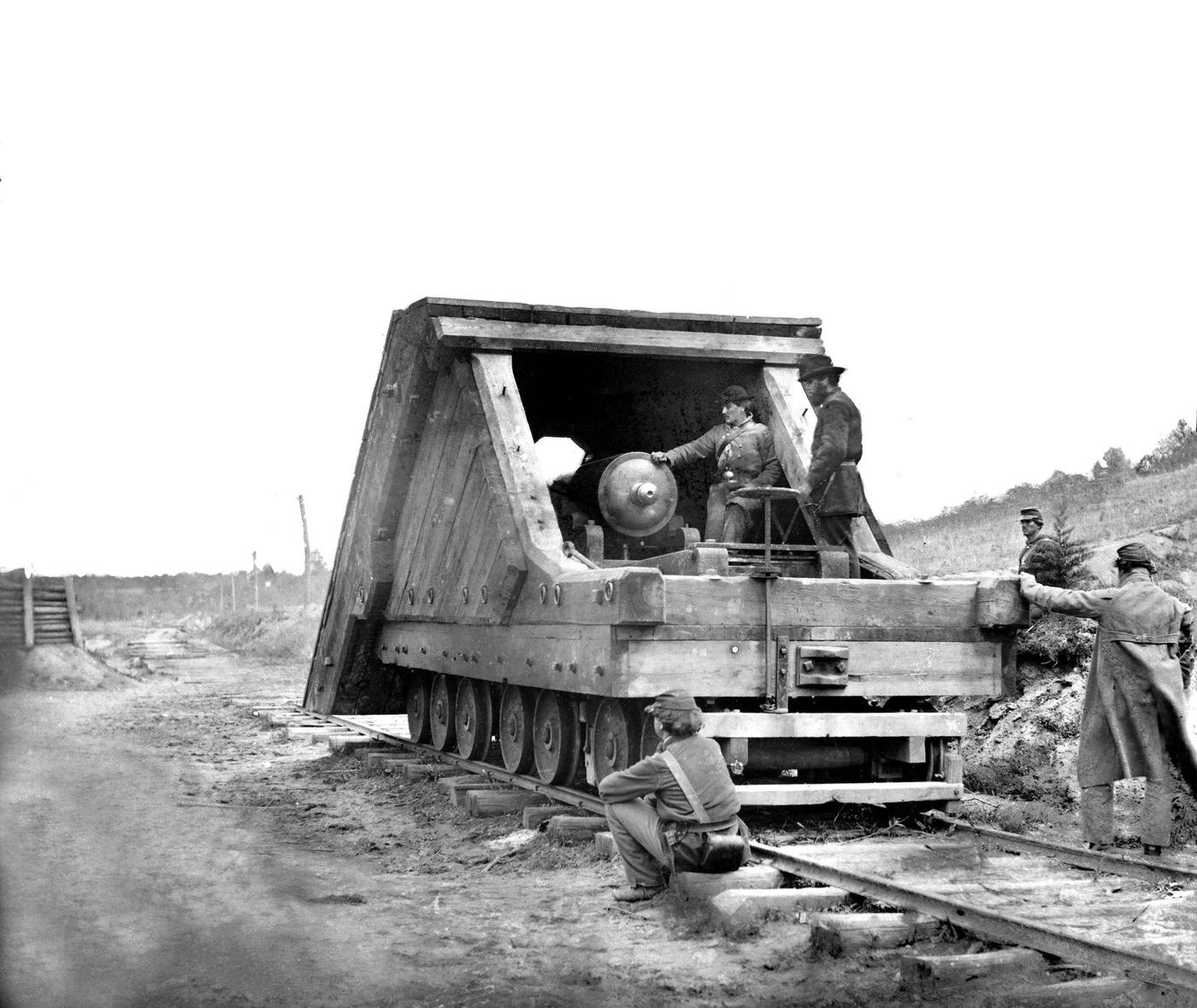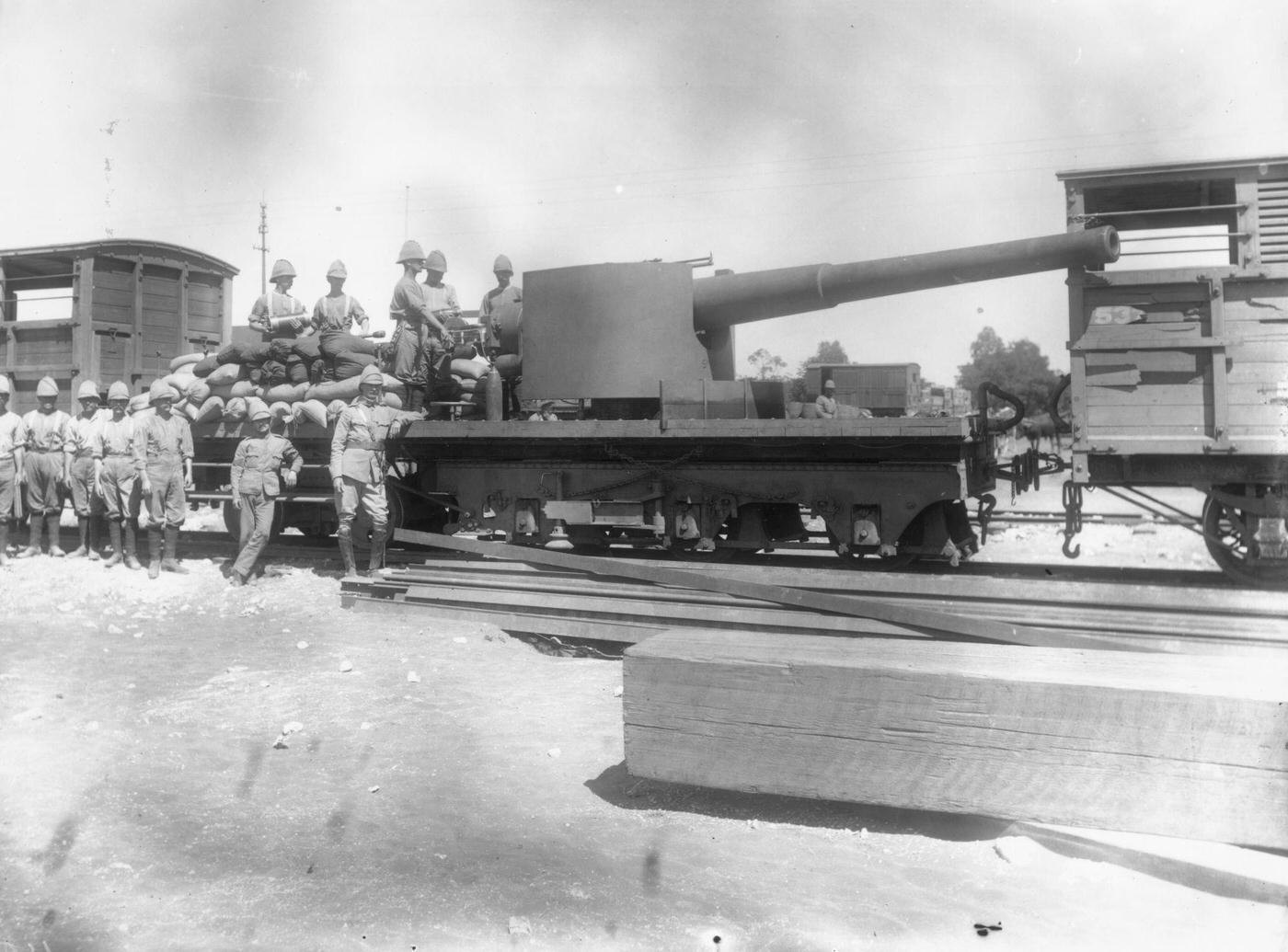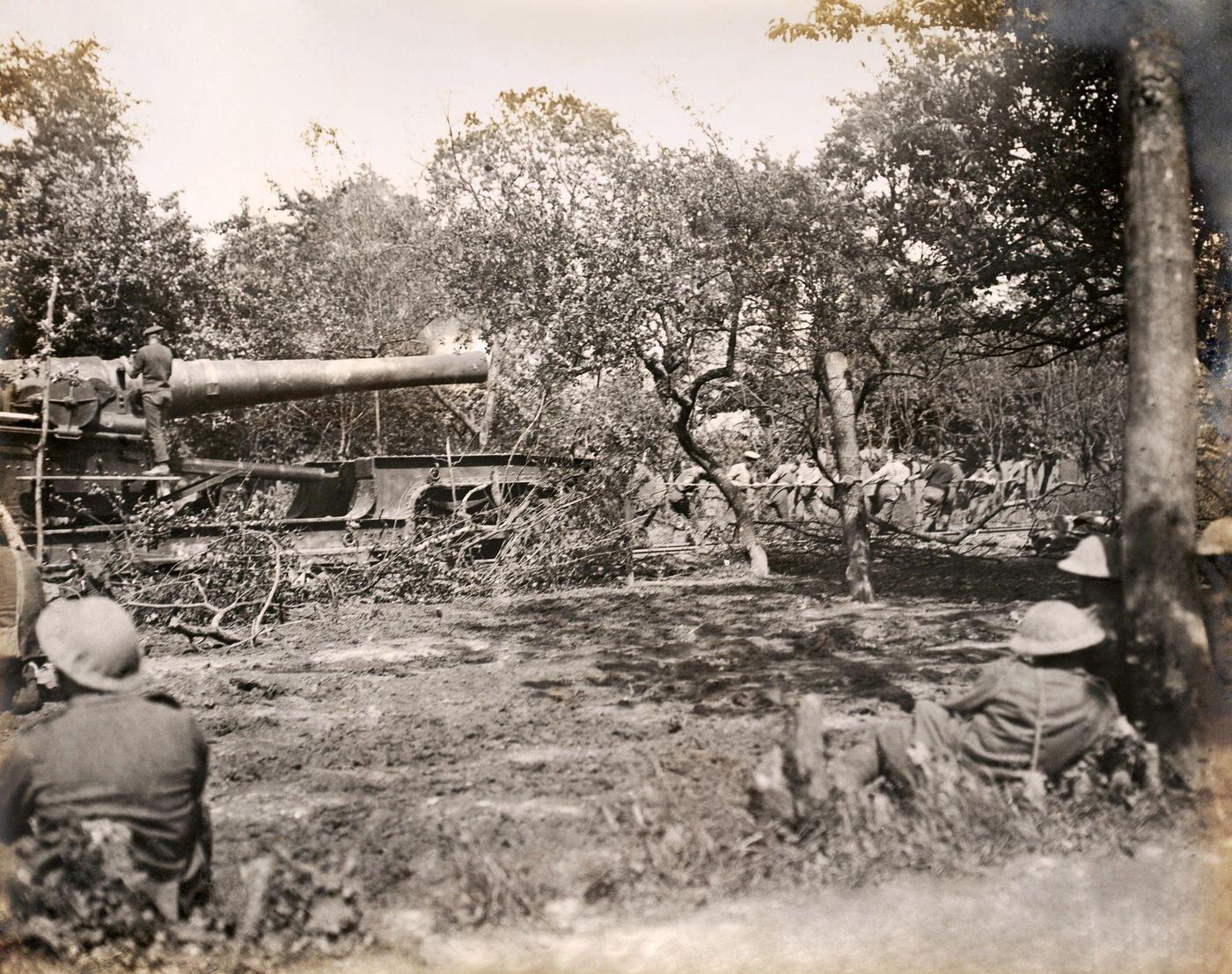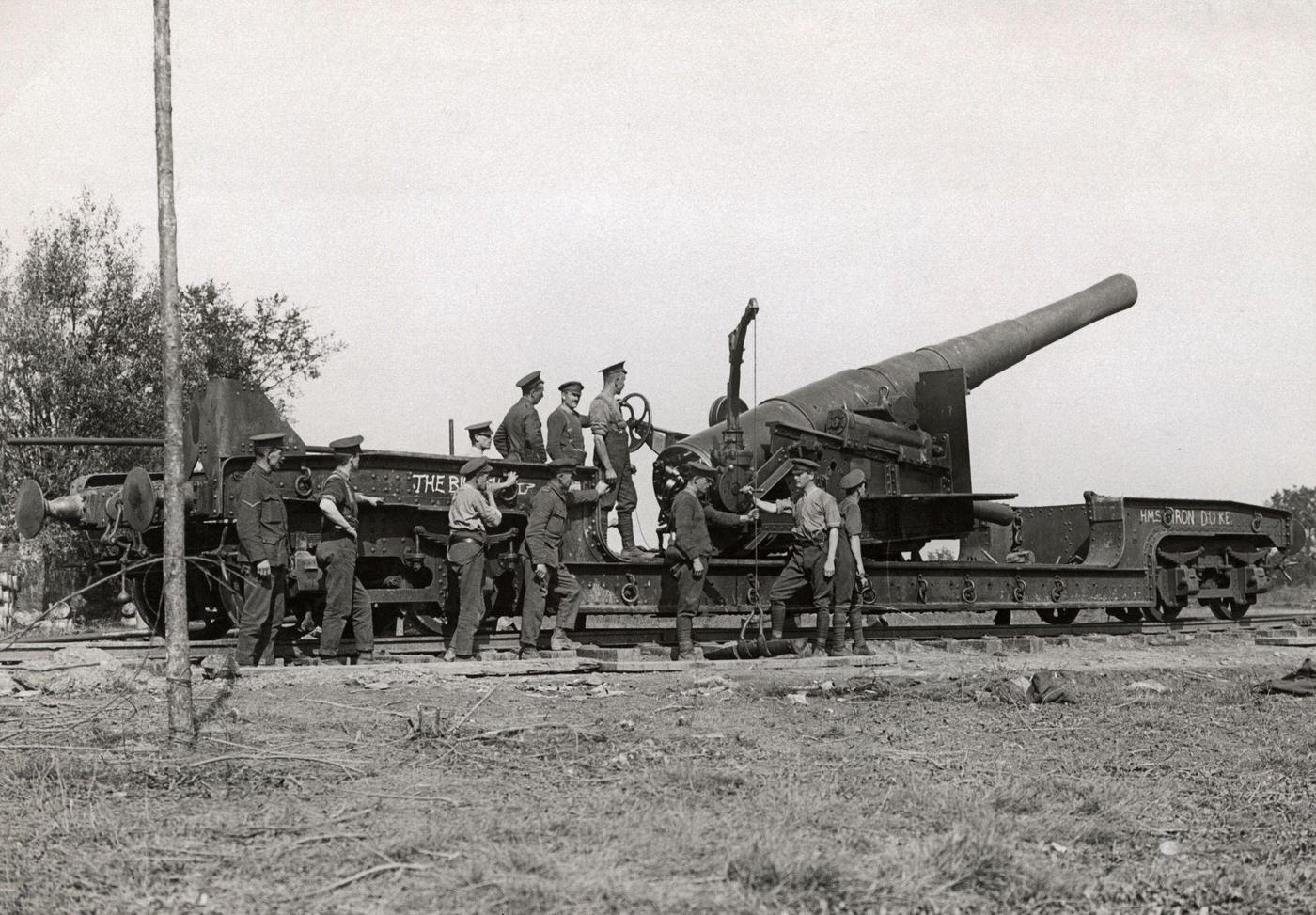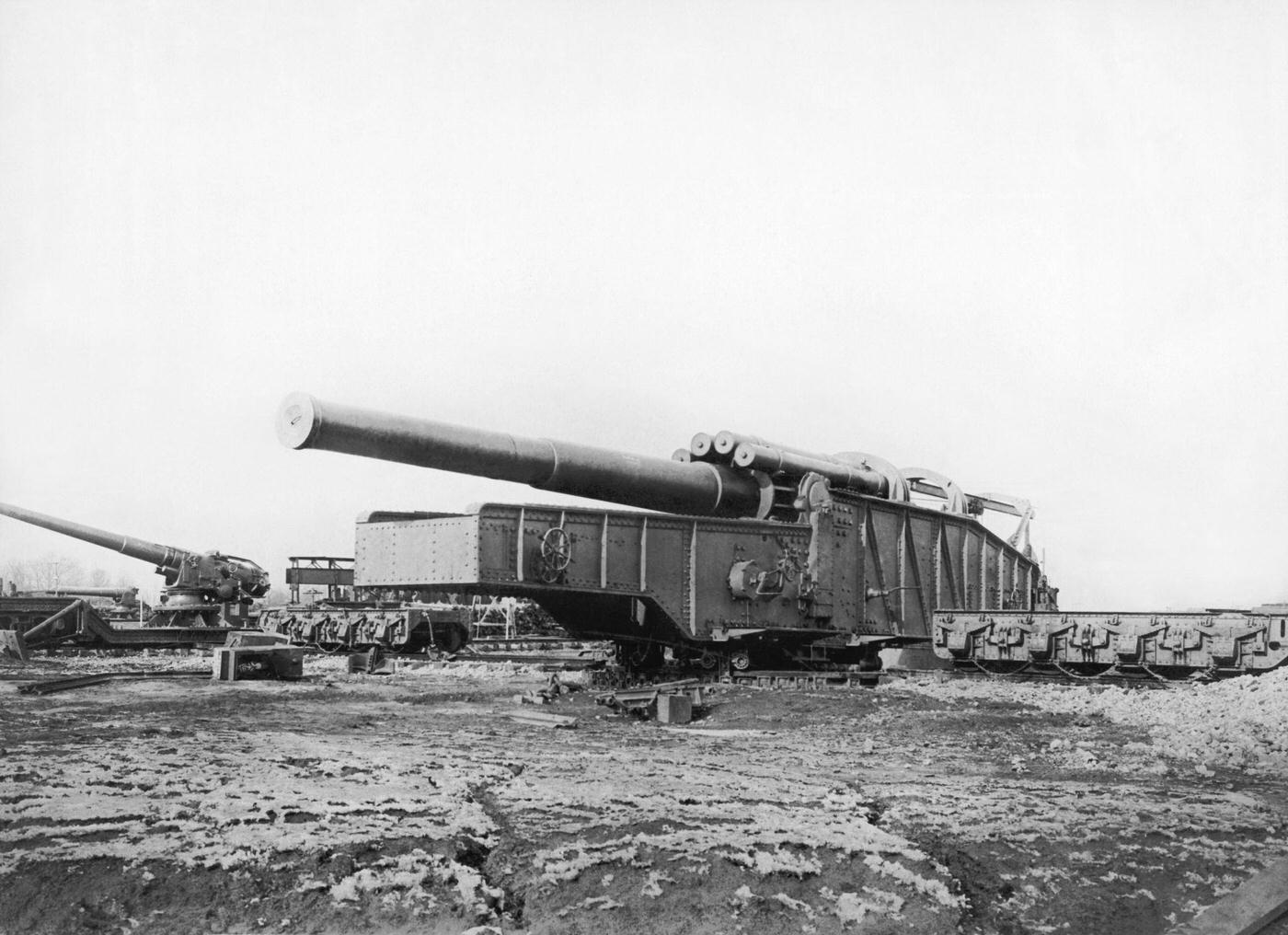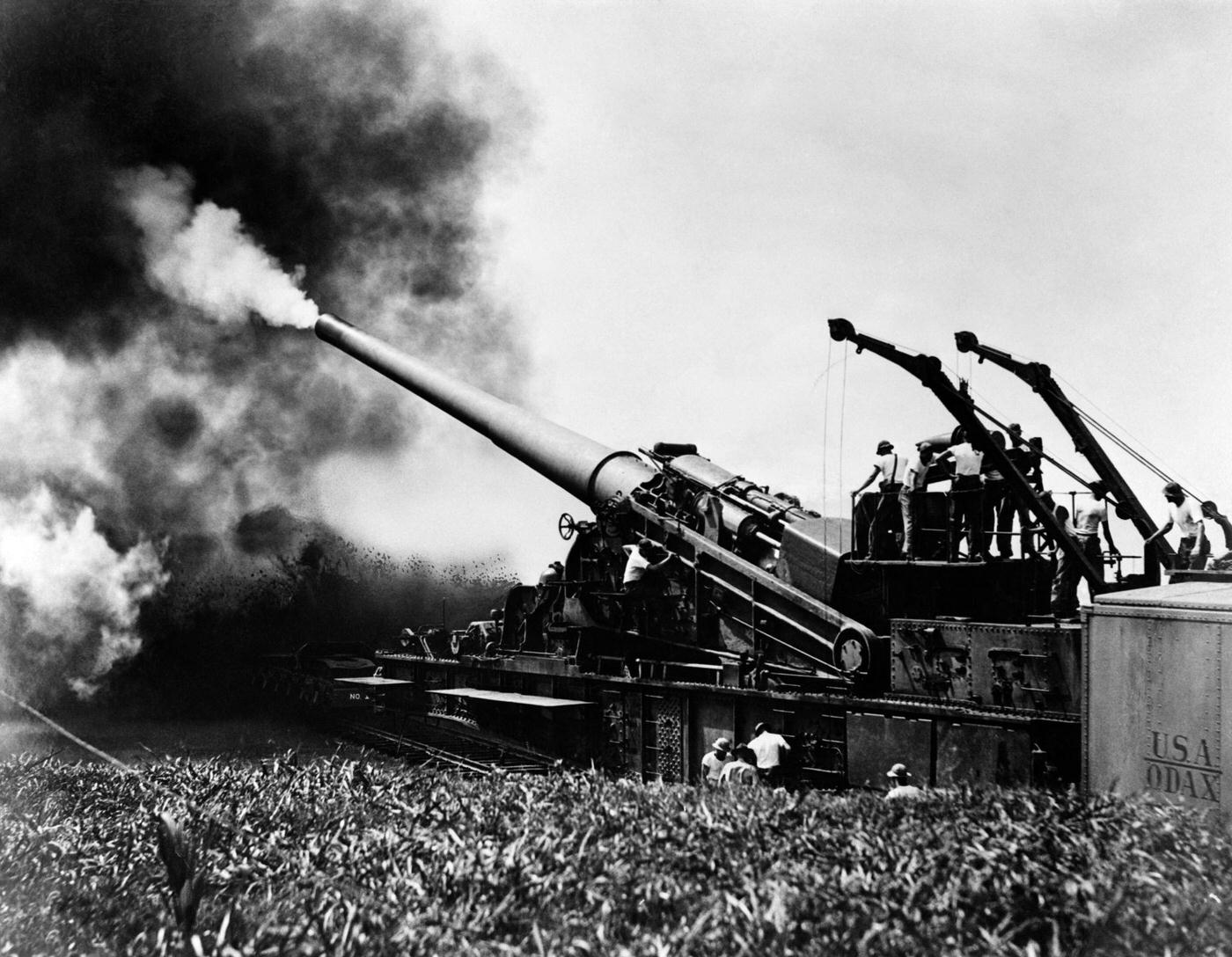Today, we’re taking a fascinating journey to explore a unique combination of transport and military might – the Railway Guns. These impressive weapons, also known as railguns, were an innovation of military engineering and played a crucial role during the times of conflict. So, let’s dive into the story of these giants of the railways.
In the simplest terms, railway guns were massive artillery pieces, mounted on specially designed railway carriages. Their origins date back to the late 19th century, but they came into their own during World War I. The concept was innovative for the time – these guns provided the heavy artillery with increased mobility and the ability to rapidly reposition, something previously unheard of in warfare.
Railway guns were a force to reckon with. Imagine the heaviest and most destructive artillery you can think of, but on wheels! With sizes ranging from relatively small field guns to colossal pieces of equipment, these guns packed a powerful punch. The most sizable of these could fire shells weighing over a ton to distances of more than 25 miles. Now that’s a long shot!
One of the most famous railway guns was the German ‘Paris Gun’, used during World War I. With a barrel length of over 112 feet and weighing a colossal 256 tons, this railgun was used to shell Paris from a staggering distance of around 75 miles. These figures give you a sense of the massive scale and devastating power of these rail-mounted artillery pieces.
But it wasn’t just the Europeans who embraced this technology. The United States also built a series of railway guns. One notable example was the US Navy 14″/50 caliber railway gun. During World War II, these were deployed along the coastlines, acting as a sort of movable coastal defense.
One interesting aspect of railway guns was their relative mobility. They were designed to use existing railway networks, which enabled them to be deployed relatively quickly to different areas of the front. This mobility was a double-edged sword, though. While it allowed the guns to be used flexibly, it also limited them to areas with suitable rail infrastructure. This restriction made them less useful in areas without rail networks, or where railways had been damaged or destroyed by previous fighting.
These railway guns were not without their weaknesses. They were massive and therefore difficult to conceal, making them easy targets for enemy aircraft. Furthermore, their reliance on railways for mobility made them vulnerable if the tracks were sabotaged or damaged.
By the end of World War II, the era of the railway guns was largely over. Advancements in aviation, missile technology, and other areas of military technology had made them obsolete. However, they remain an intriguing part of military history, symbols of a time when the worlds of transportation and warfare collided to create something truly unique.


